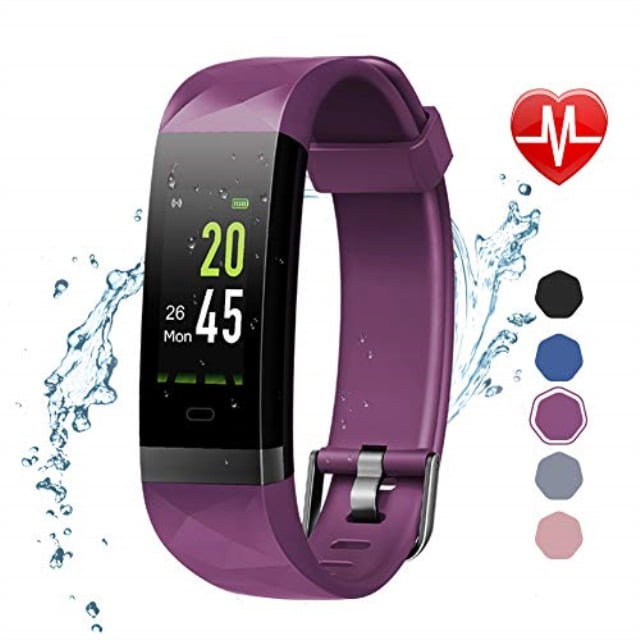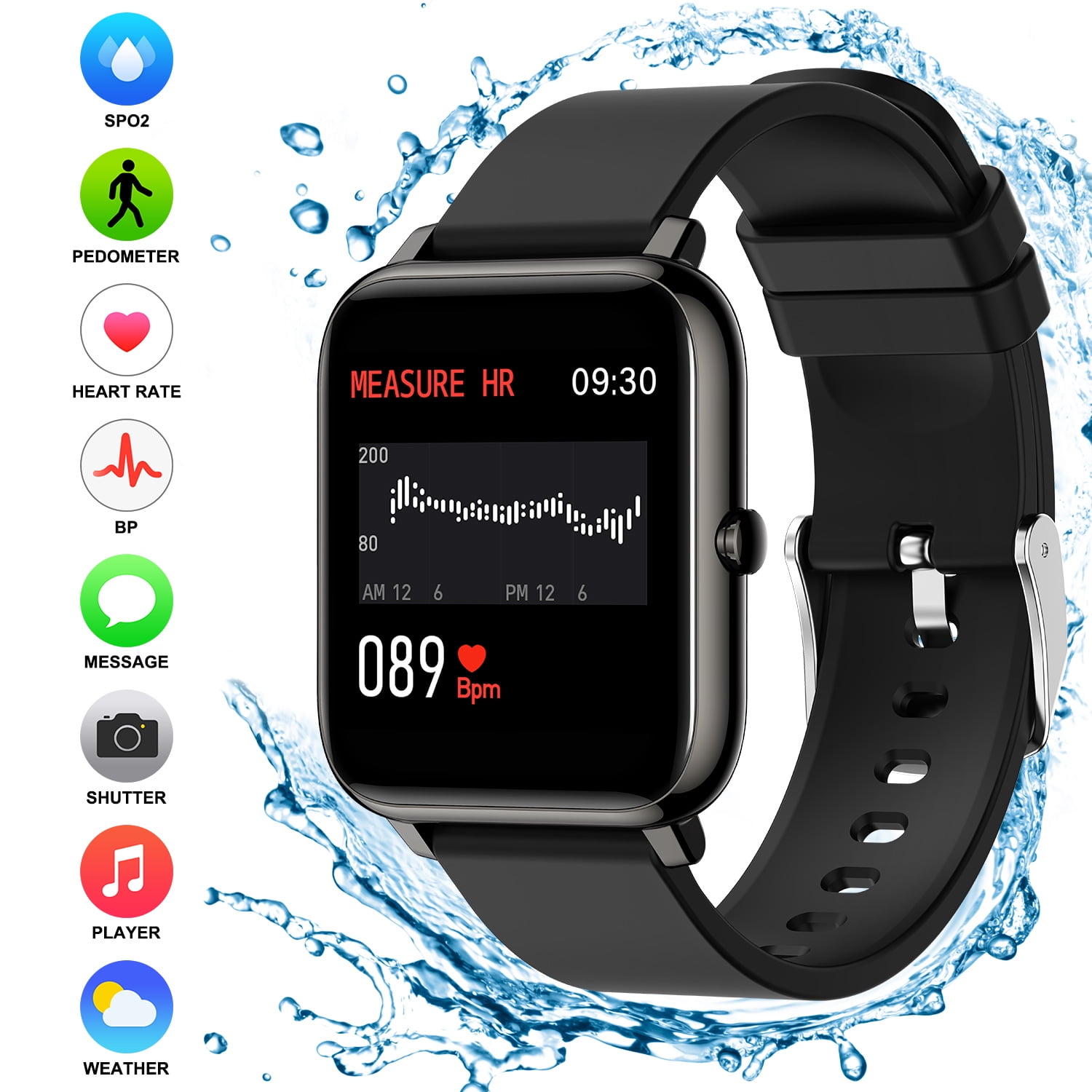
They hold you accountable for your physical activity with health and fitness smart features, such as sleep tracking, heart-rate calculating and blood oxygen monitoring. Visualizing your goals and progress with the best fitness trackers out there not only makes you feel good about what you've done but pushes you to do more the next day. REM time grows with every sleep cycle and can last around an hour.Nothing is more motivating than a device that tracks your fitness. Your brain is most active in REM sleep, almost as much as it is when you’re awake. Rapid Eye Movement (REM) sleep: During REM, your body slips into atonia, a temporary paralysis while your eyes move quickly despite being closed. This stage can last up to 40 minutes in early sleep cycles, and will gradually get shorter as we spend more time in REM. Slow-Wave sleep (SWS): This stage is defined by delta waves in the brain, and it’s important for growth and recovery. N2 sleep: At this point, your heart rate will drop, and you’ll start to breathe more slowly. N1 sleep: The initial sleep stage, where your body is starting to relax and you may experience twitches. Some fitness trackers even let you monitor the different stages of sleep, which are: Tracking sleep may sound alien, but it essentially provides more data for you to use to improve your physical and mental wellbeing.įor example, a raised temperature at night could be a sign of an oncoming illness. Why track your sleep with a fitness tracker? In summary, you’ll get more accurate sleep staging data from spending time in a sleep study that uses the PSG method, but your fitness tracker will be able to track the length of sleep in a much more convenient way. The study showed the band predicted sleep duration within a precision of 17.8 minutes and also had a highly accurate detection of REM and Slow Wave (deep) sleep.
In a 2019 study published in the Journal of Medical Internet Research (opens in new tab)it was shown that Fitbit, one of the world’s most popular wearable brands, offers impressive accuracy given the entry-level cost of sleep tracking, but still pales in comparison to Polysomnography (PSG) which remains the gold standard of sleep tracking.Īnd in a 2020 study at the University of Arizona (opens in new tab) there were some promising results for the Whoop 4.0 tracker.
But he also points to some recent studies that show promising improvements. Although actigraphy can be used to guess sleep duration, it’s not very good at detecting different sleep stages – and it can even think that you've fallen asleep when in reality you're just not moving very much.Įven taking in account modern developments like PPG, Roethslinghoefer estimates that the accuracy of sleep tracking is at about 60%.

Unfortunately, Roethslinghoefer says that sleep tracking isn’t that accurate, especially when it comes to actigraphy. “IR-LEDs are most commonly used for measuring the flow of blood that is more deeply concentrated in certain parts of body such as the muscles, whereas green light is typically used for calculating the absorption of oxygen in oxyhemoglobin – oxygenated blood – and deoxyhemoglobin – blood without oxygen present.” How accurate is sleep tracking with a fitness tracker?

“Most common PPG sensors use an infrared light emitting diode (IR-LED) or a green LED as the main light source,” says Roethslinghoefer. How will you know if your tracker uses PPG? Look for a couple of little LEDs on the back of the device. This data can in turn be used to make observations about a person’s sleep, as people's heart rates tend to slow and oxygen levels dip at various stages of sleep. It can use the reflected light to measure things like blood volume and oxygen saturation – but it can also estimate things like heart rate and heart rate variability, by analyzing how much blood is passing through the illuminated spot per second. Because blood absorbs and reflects different wavelengths of light, the photodetector can take certain measurements from these reflections.


 0 kommentar(er)
0 kommentar(er)
